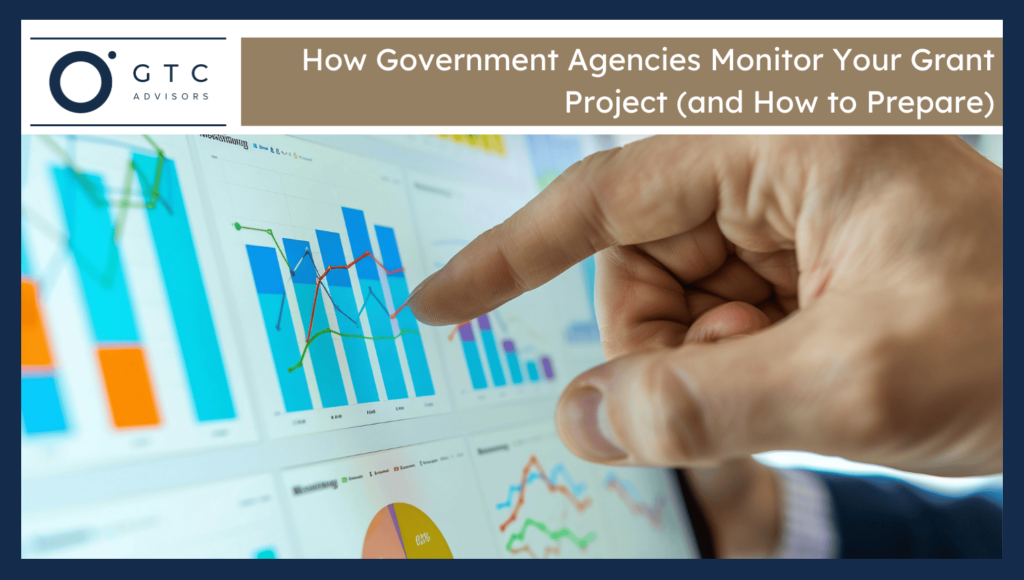A progress and financial report for a grant is prepared using the specific requirements, formats, and deadlines of the agreement. Preferably, prepare the report with the ongoing project to maintain transparency and accuracy in the documents. Report the progress of the project, allocated finances, and then submit it for audit trails.
What Are the Reporting Requirements for a Grant?
Here are the five requirements for reporting the grant:
- Grant Agreement: Carefully read all the requirements and terms and conditions to submit the report. The grant agreements clearly mention reporting requirements or grantee obligations. Find to process of submitting the financial information, like budget reconciliation, expenditures, and invoices, etc. Find out whether the organization is required to explain that they are following the rules and regulations.
- Reporting Frequency: Review how frequently the organization is required to submit progress reports. The typical frequency is monthly, semi-annually, or annually. Find the deadline for submitting the final report in case of an increase in cost. The number of agencies required to submit the progress report after a 10-20% increase in budget.
- Report Types: The grant agreement clearly mentions the report types to receive the organized data. There are four types of reports: progress report, financial report, performance report, and final report. The progress report covers the activities of the organization, financial report covers all the expenditures in detail. Key performance indicators are covered in the performance report, and the final report includes the data at the completion of the project.
- Submission Guidelines: The grant agreement provides the specific template or format to submit the report. The medium to submit the report(email, online portal, or postal address) is mentioned in it.
- Responsible Staff: Divide the duties among the staff to maintain consistency and accuracy in the data collection and reporting.
How To Gather and Organize Report Data?
Here are the five steps to gather and organize report data:
- Project Activity Records: Collect the data of the ongoing project, and create a log of all the activities, he number of employees, and the results of the activity to maintain transparency. Use meeting notes to document the discussions, and use photos and video for visual representation of activities.
- Financial Records: Use a separate account for the awarded funds to reduce commingling with the personal budgets. Utilize the technology for the automated collection of the budget expenditures data. Keep all project-related documents safely stored even after the project is completed. The rewarding agencies ask to retain the data for 3-5 years for frequent audits.
- Data Accuracy: Verify both the qualitative and quantitative data with the source document. Preferably, note down all the data on the spot to avoid bias later on. Cross-check dates and numbers for enhanced reliability. Create a uniform data collection system to maintain consistency and transparency across the entire team.
- Standard Templates: Organize the data in a specific hierarchy and save it in a separate folder to maintain consistency. Use a standardized format to submit the report, including the received budget, expenditures, and the variance between the two. Develop a tracking template to mark the dates to track the completion.
- Progress Against Targets: Compare the progress of the project with the targeted goals to track the process. Create a list of key performance indicators(KPI) before starting eth project. Prefer creating specific, measurable, achievable, relevant, and time-bound KPI. Charts, infographics, and other visuals help to track the results easily.
How to Prepare a Clear Progress Report?
Here are the five steps to prepare a clear progress report:
- Summary of Achievements: Start the report with an outline of achieved milestones. Keep the summary concise and complete it in two paragraphs. Mention the challenges or setbacks briefly in the summary.
- Outcomes and Impact: Share the outcomes of the project in measurable form. Infographics or charts are the best way to share data, clarifying the progress in statistics. Add the success stories and testimonials to give the report a human effect and build trust.
- Changes or Delays: Keep the process clear and transparent during the project work. Discuss any changes or delays in the agreement with the awarding agency clearly to avoid commingling. Explain the problem and also tell how the problem is addressed.
- Visual Evidence: Photos, graphs, videos, or charts are used to add visual evidence of the progress. For example, a fund is used for building a school. The recipient can add the photos or videos of the developed school building.
- Progress to Funding Objectives: Mention the alignment of the funds with the purpose of the grant. Compare the current achievements with the project agreements to show that the process is on track.
How to Prepare an Accurate Financial Report?
Here are the five steps to prepare a transparent and accurate financial report:
- List All Expenses: Categorize the budget to break down the cost into respective categories. Mention the funds received and used for supplies, salaries, equipment, and travel. It builds trust with the grantor and shows transparency, allowing them to track the allocated and used funds.
- Show Budget vs. Actual Spending: Show the difference between allocated funds and the used funds for a specific category. Explain those variances that exceed the provided threshold. The threshold varies from 10-20%.
- Include Supporting Documentation: Attach the receipts, invoices, payroll, or documents with the report to provide evidence for the statement. Place the documents in an organized way to simplify the audit process.
- Account for Matching Funds: Document the matching funds to provide evidence. Skipping the documenting step can result in penalties.
- Compliance with Cost Rules: Adhere to the allowable cost, as the grant agreement clearly shows how to use the funds.
How to Review and Approve Reports Before Submission?
Here are the five methods to review and approve the reports before submission:
- Internal Review Process: Make sure that the reports are verified before submitting them to the grantor. Cross-checking the reports reduces the chances of submitting wrong information.
- Figures and Dates: Double-check all the dates and numbers to ensure that the data is according to the grant agreement. Errors in the data flagged the recipient as non-compliant. Maintain the record of attendance sheets, activity logs, and financial records to verify the data at the hour of need.
- Proofread for Clarity: Check the report again before finalizing it to remove any grammatical mistakes or typos.
- Check Compliance: Ensure that the data complies with the grant guidelines. They provide a specific template and a specific format to submit the reports.
- Get Necessary Signatures: Determine which authorized officers or departments within the organization need to sign the reports. For example, the finance officer has to approve the financial reports.
How to Submit the Reports Successfully?
Here are the five methods to submit the reports to the awarding agency:
- Official Submission Method: Read the grant agreement thoroughly to check how the report needs to be submitted. The submission methods vary with the funding agency. Commonly used media are emails, online portals, and couriers.
- Meet Deadlines: Submit the report on the mentioned due date in the agreement. IN case of delays or any issues in the media, communicate with the agency.
- Confirm Receipt: After submitting the report, confirm that the grantor has received it. Online portals have an automated system to update the status. In case of using email, send a follow-up email to inquire about the successful submission.
- Copies for Records: Keep copies of all of the submitted reports for future use.
- Follow-Up Questions: Submitting a well-prepared report can still demand queries from the funder. Respond promptly with any required information or clarifications.
How to Improve Future Reporting?
Here are the five steps to improve future reporting:
- Feedback from Grantor: Obtain feedback from the grantor to find out mistakes and the good points to improve with time.
- Data Collection Systems: Use software to automate the data collection methods. It reduces bias and ensures consistency in the procedure.
- Train Staff on Reporting Standards: Build s strong team to ensure internal compliance. Arrange frequent workshops or training sessions to train the staff.
- Lessons Learned for Next Reports: Note down the mistakes so you can avoid them in the future. Modify the key performance indicators accordingly to better align with the expectations of the awarding agency.
- Ongoing Documentation: Maintain all the documents for the ongoing project. Delaying the collection of data or documenting it can create misconceptions. Keep all documents well-organized in an archive to ensure quick and easy access when needed.

George C. Tagg, Jr.
George serves as a trusted counsel to business leaders, non-profit executives, and management teams. George is a licensed attorney with a master’s in international affairs and over 20 years’ experience in the U.S. Congress, Department of State, Department of Defense, global public policy, and political campaigns.


